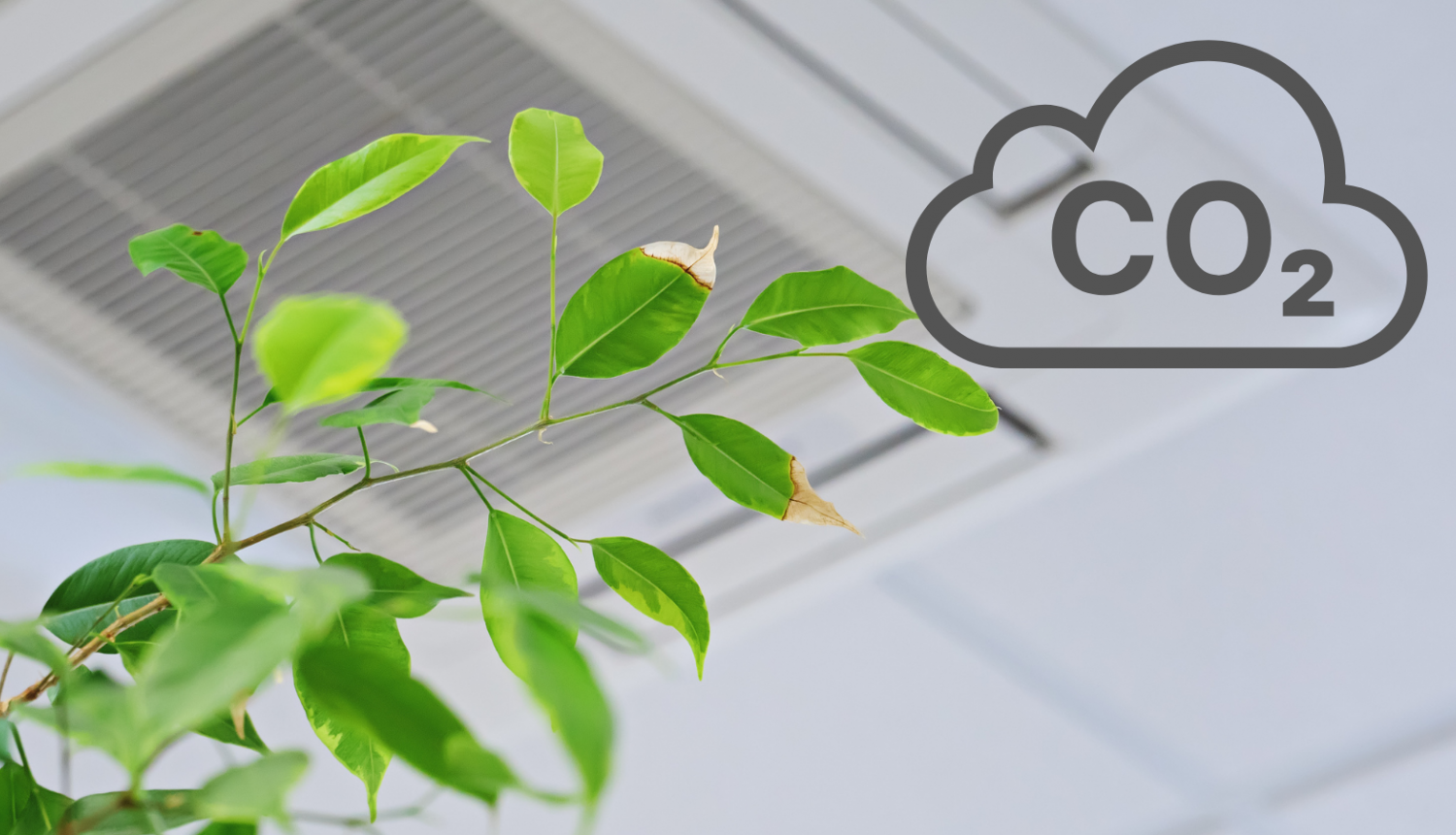From 30 March to 9 April 2021, air quality was measured at 440 points of sale which were located in various Latvian cities and towns and were of different sizes. Measurements have demonstrated good results – an increased CO2 level has only been found in 15 % of sites.
The measurements were taken by the State Construction Control Bureau (SCCB) on behalf of the Ministry of Economics in cooperation with the Laboratory of Hygiene and Occupational Diseases of Rīga Stradiņš University and SIA Ko tu elpo, and this has been conducted continuing inspections at the points of sales started in February this year. Thus this year the air quality has been inspected in 748 points of sale in total.
Poor air quality where the CO2 level exceeds 1,000 ppm has been established at 65 points of sale or 15 % of sites which is approximately the same number as in the inspections carried out in February 2021. In April, the number of buildings inspected was higher by 132, and most of the inspections were conducted at points of sale outside Riga. Inspections took place at grocery shops, opticians, shops selling building materials and hygiene products, florists, catering places and service stations – points of sale with an area between 33 m2 and 21,507 m2. Eight buildings, in which CO2 indicators had already been registered during measuring in February, were selected randomly and inspected. It has been concluded that the air quality has improved at all the re-inspected points of sale.
In comparison with the previous period, closer attention was paid to small shops as well as shopping centres in the inspections conducted in April. For example, the air quality in grocery shops has improved by 7 % in comparison with the inspections conducted in the previous period taking a similar number of sites. However, poor air quality is still more frequently registered at small points of sale which is often linked to the failure to use mechanical ventilation equipment. Taking into account that the weather has warmed up, part of the points of sale inspected was ventilated by keeping windows or doors open.
According to the World Health Organisation, poor ventilation can facilitate spread of COVID-19. It is believed that one of the most effective indicators of indoor air quality and cleanliness is the concentration of carbon dioxide (CO2) or carbonic acid gas. If it varies between 400–600 ppm, then it is considered a very good indicator of air quality. If the CO2 concentration is from 600 to 1,000 ppm, then it is an average indicator of air quality but if the carbon dioxide exceeds 1,000 ppm, it is considered to be a low indicator of air quality.
Measuring took place at the points of sale by using Testo 400, Testo 440, and Testo 480 measuring instruments. Measurements were taken at different places such as at the entrance, in the centre of the room, and at the back of it calculating the averages as a result of measurements.
The SCCB still encourages all building owners, lessees, and managers to pay attention to the air quality also in the future using both natural and mechanical ventilation possibilities.



